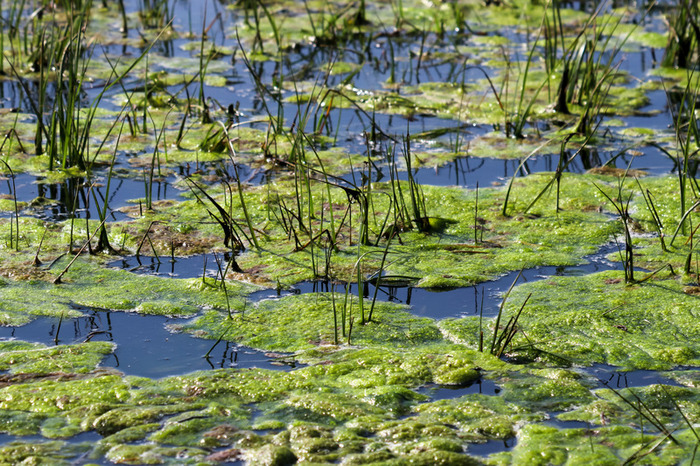The Supreme Court’s decision in 2023 to roll back the Clean Water Act has meant less federal oversight in protecting the country’s wetlands.
Illinois does not have a standalone program, and one organization hopes state legislators will pass measures to change this. Wetlands clean the water, reduce flooding and provide fish and wildlife habitat.
David McEllis, Illinois legislative director for the Environmental Law and Policy Center, said Senate Bill 3669 and House Bill 5386 have passed out of their respective committees, but he expects future amendments.
“This would create, through the Illinois Department of Natural Resources, a permitting process for when a landowner wants to destroy or fill in or work on wetlands in the state,” McEllis outlined. “That covers the gap that was created by the Supreme Court decision.”
The department believes landowners can play an important role in protecting the state’s nearly 54,000 species of insects, birds, mammals, frogs and fungi by providing nesting and roosting places for habitat and making clean water accessible. The agency warns the state’s natural areas are being lost to urban development and agricultural and industrial interests.
McEllis believes a wetlands standalone program would continue where the court’s ruling left off and protect the state’s remaining untouched and unprotected wetlands. The center’s fact sheet said Illinois has already lost 90% of its wetland acreage and the status of the remaining 10% is unknown.
He pointed out the destruction of wetlands has taken place in Illinois for hundreds of years, since the state’s establishment in the 1800s.
“There are some existing protections in the state in Cook County and some of the suburban counties, so those wetlands have some protection,” McEllis acknowledged. “There are multiple rivers in downstate Illinois, and also wetlands areas throughout the state.”
McEllis noted millions of wetlands have already been used for farming purposes, resulting in a loss for the state. A report from the U.S. Environmental Protection Agency said wetlands currently cover nearly 6% of the land in 48 states. An estimated 95% of wetlands are freshwater; the rest are marine.
Teri Dee Reporting


